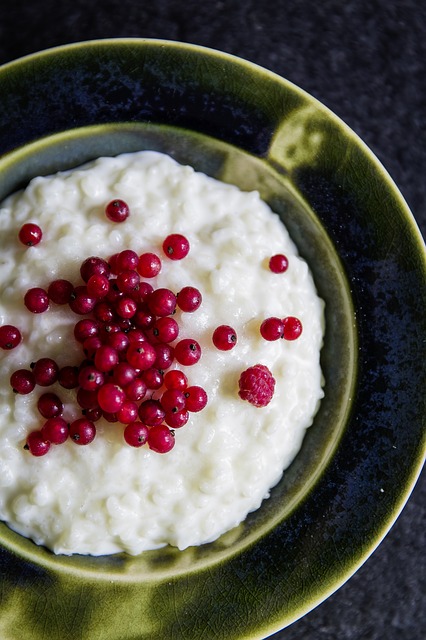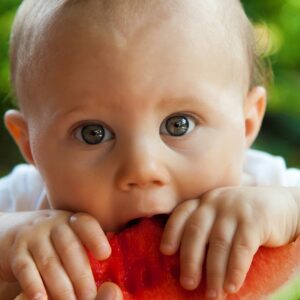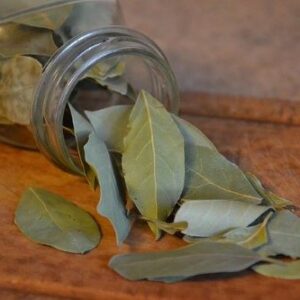If you are like me, who needs quick, very healthy, and yet delicious recipes for kids and for the entire family, then this list is going to be very useful for you.
Let’s start.
1. Oats Kheer
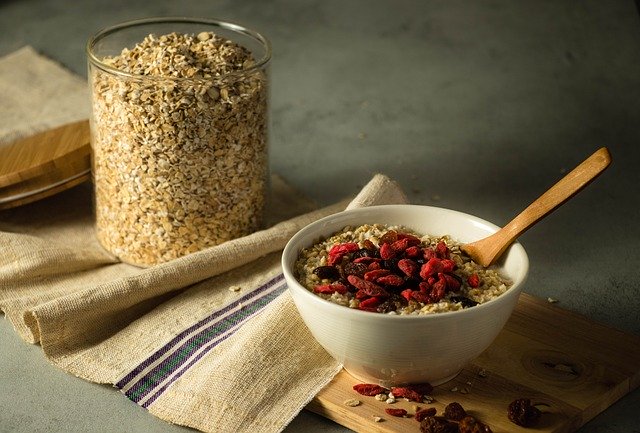
Oats are very rich in fibers and thus a food of choice for constipated kids. Oatmeal is a brilliant source of proteins and vitamin B1 also. It also provides vitamin B9 and B5. Studies have also revealed that kids who ate oats in the breakfast every morning had better development of brain.
Recipe:
I hope everyone knows how to make oats kheer, but if not, let me briefly tell you. Take one cup milk in a pan and put on stove. Add 2-3 heaped spoons of oats. Keep the flame at sim. You can add cardamom/fennel/dry ginger powder as per your taste. Let it cook till oats become soft. At the end, add the sweetener. You can add sugar, but it is better to add jaggery powder or desi khaand.
I prefer rolled oats as they contain more fiber. The buying link is given below:
2. Sabudana Kheer
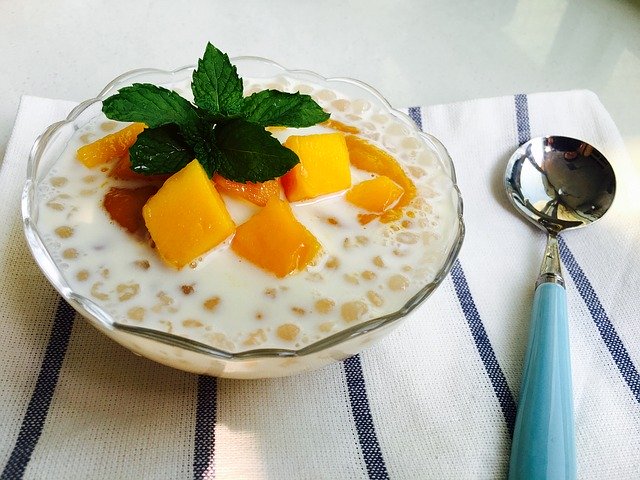
Sabudana (also known as sago) is gluten free and non-allergic. Sago is easy to digest, and provides energy which may also help in weight gain. Sabudana provides nutrients such as calcium, phosphorus, and vitamin B9. It also helps to relieve bloating and constipation.
Ideal Recipe:
Soak sabudana for 3-4 hours. Then use this to make kheer the usual way. It will take more time to get cooked.
My Recipe:
Take a lot of sabudana (say 500 gram). Wash it thoroughly, and then dry it completely. Once dry, grind it to make sabudana powder. Store this powder in an air tight container. Now make kheer from this powder as usual. For 1 cup milk, you will need around 4 spoons of sabudana powder. It gets cooked very quickly.
However, I skip the step of washing. I directly grind it and store. Washing the sabudana removes starch. For my child, I prefer to not to remove starch as starch provides energy and weight gain. I make sure to buy packed and clean sabudana. If you wish, you can also skip washing.
3. Ragi Kheer
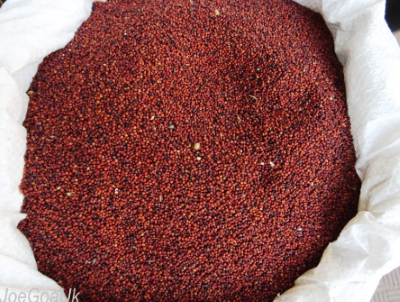
Of all the cereals and millets, ragi has highest amounts of calcium and potassium. Ragi is also a very good source of iron, proteins, fibers, and amino acids.
When ragi is sprouted, its nutritional value increases many folds.
Recipe:
Sprouted ragi powder is available in market. Just get it and make the kheer the usual way. But while cooking, ragi tends to settle down and make lumps. So make sure to keep stirring.
You can make the powder at home too. Get the ragi. Sprout it. Dry it completely, and grind. Detailed process of sprouting the ragi is available on youtube and google. However, ragi is little difficult to be sprouted.
You can use ragi without sprouting too, but it will be less nutritious.
You can buy sprouted ragi powder from the following link:
4. Makhana Kheer
Makhana/Fox nuts/Lotus seeds are nutritious as well as fulfilling. Makhana provides proteins, calcium and minerals like manganese, magnesium, phosphorus, and potassium. It also provides some amounts of vitamin B1 and vitamin B6.
My Recipe:
Roast the makhanas and once they are crisp and then cooled down, grind them into a coarse powder. Keep these in an air tight container. Make kheer as usual. But you should not store the makhana powder for long. Try to use it up within a week.
Without roasting:
This is very simple. Just take a hand full of makhanas, put them in grinder jar and give it a few runs. It won’t be like a powder; it would be smaller chunks. Make kheer from these. This way, the kheer won’t be very homogeneous or thick, but the makhanas become soft enough and can be eaten easily.
5. Daliya Kheer
Daliya (broken wheat) is very high in fibers and magnesium. It also provides some amounts of iron and vitamin B6.
Ideal Recipe:
Daliya takes more time to become soft, so it is better to boil it prior to cooking it with milk. Take half cup daliya and pressure cook with water. Once boiled, use it to make kheer the usual way.
My Recipe:
As I prefer quick recipes (without compromising on nutrition), just like other cereals, I grind daliya too into powder and make kheer without boiling.
6. Poha kheer
Poha, as we all know, is just beaten rice. And rice is not a very nutritious grain (this is why I have not included rice kheer in this list). However, poha is a little healthier than rice, because white rice is polished to such an extent that it is stripped off its nutrients and fibre contents, while poha is less processed and easier to cook and digest. Poha provides ample of carbohydrates (energy) and fats also. It also contains dietary fiber, some vitamins, and is gluten free. Thus, this is a very good choice for very young babies, and for older kids too if they are underweight or low in energy.
For improving the nutritional value of poha kheer, or any other kheer, you can add dry fruits powder.
By the way, if you haven’t read already, do read How I add Nutrition to my Child’s Meals.
Recipe:
Wash the poha and make kheer the usual way. But remember, more you wash the poha, more you remove the starch. So you can opt to cook without washing too.
7. Moong Dal kheer
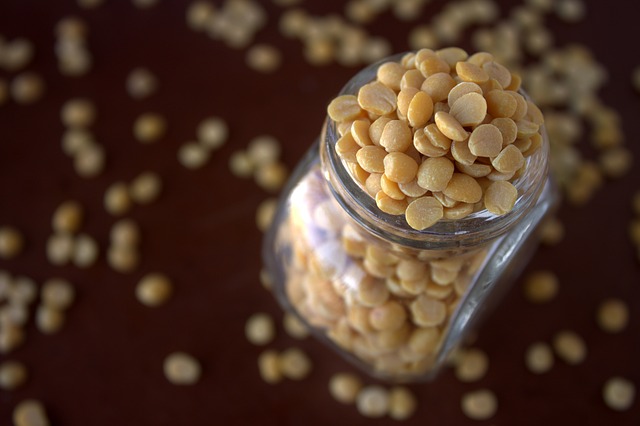
Moong dal is rich in Vitamin A, B, C and E and also in many minerals such as iron, calcium, and potassium. Moong dal is low in fat and rich in proteins and fiber.
Ideal Recipe:
Take half cup of peeled moong dal (dhuli moong) and cook in pressure cooker. Once cooked, make kheer with milk the usual way.
My Recipe:
By now you know, I store it as powder. In fact, I buy powder of sprouted moong dal and use it to make kheer. It is again very quick.
You can buy the one I use from the following link.
8. Sooji Kheer
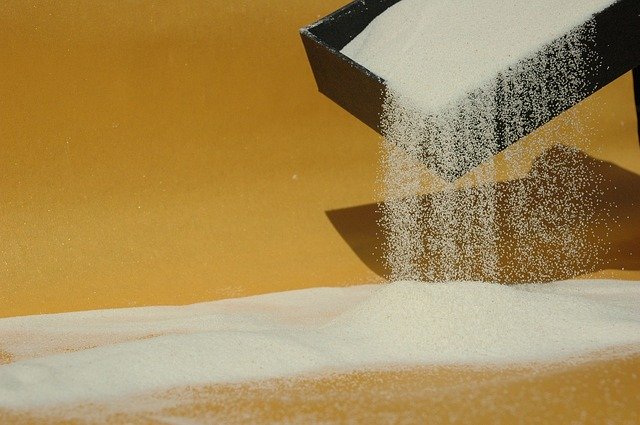
Last but not the least, Sooji (Semolina/Rawa) kheer is also a very healthy and popular option. Sooji is rich in proteins, dietary fibers and provides energy. It is also easy to digest. Sooji is a food of choice for very young babies, and very healthy for older kids and adults too.
Recipe:
You know it. Right?
If you found this article useful, please follow the Facebook Page to stay connected and be notified of more such useful articles in future, on parenting, health, nutrition, education, values, and much more.
Please connect on Instagram for daily updates and quick tips.
Also Read:
Home Made Flavorsome Giloy Syrup for Immunity
How to improve your Child’s Immunity
How I keep my child away from junk food
Teaching Toddlers at Home: Right or Wrong?
How To Teach Toddlers/ Young Kids. Part 1 (Alphabets and Numbers)

